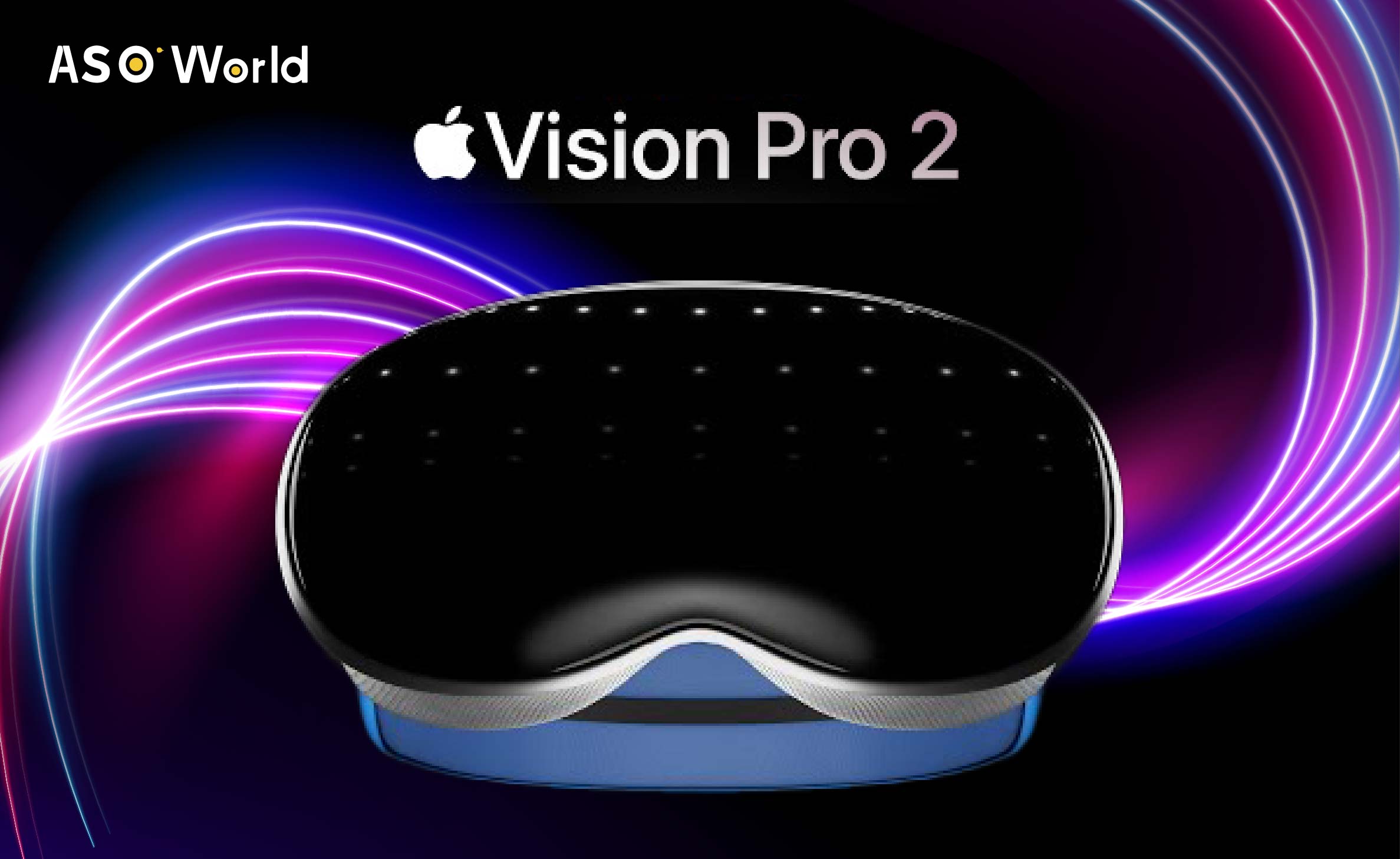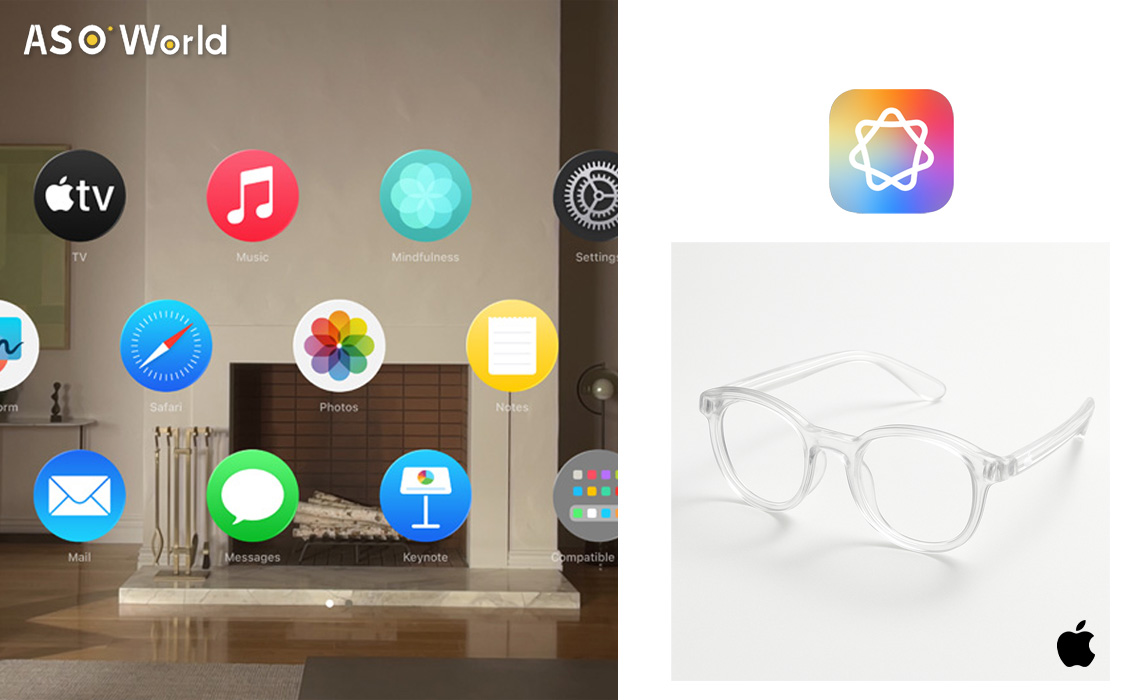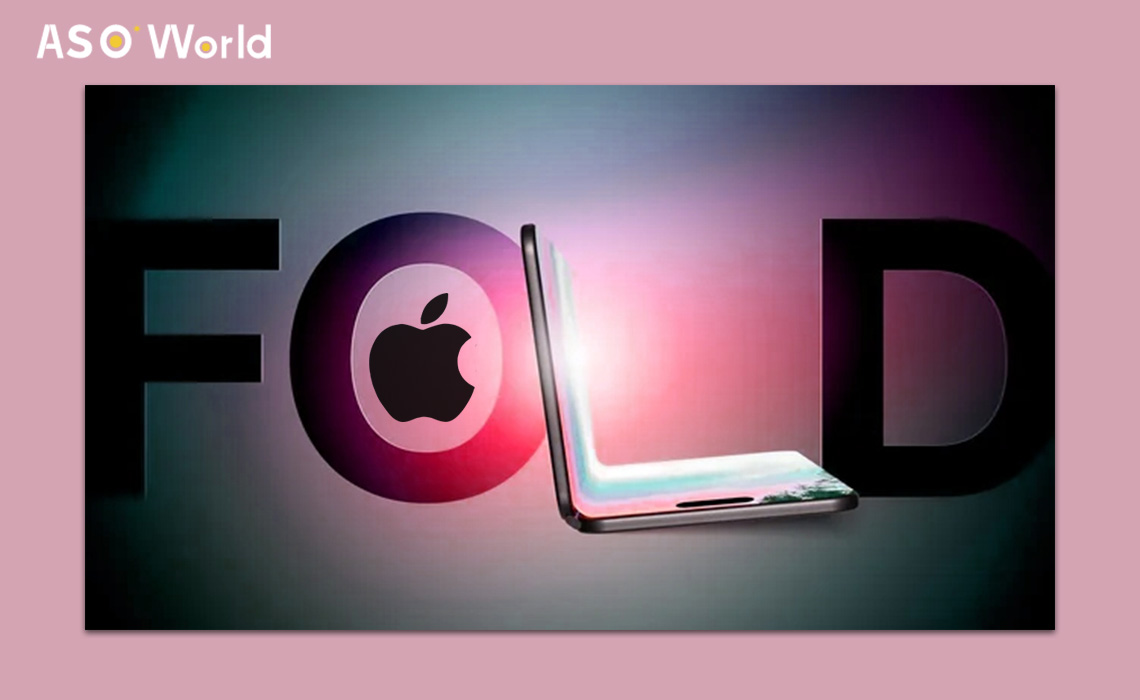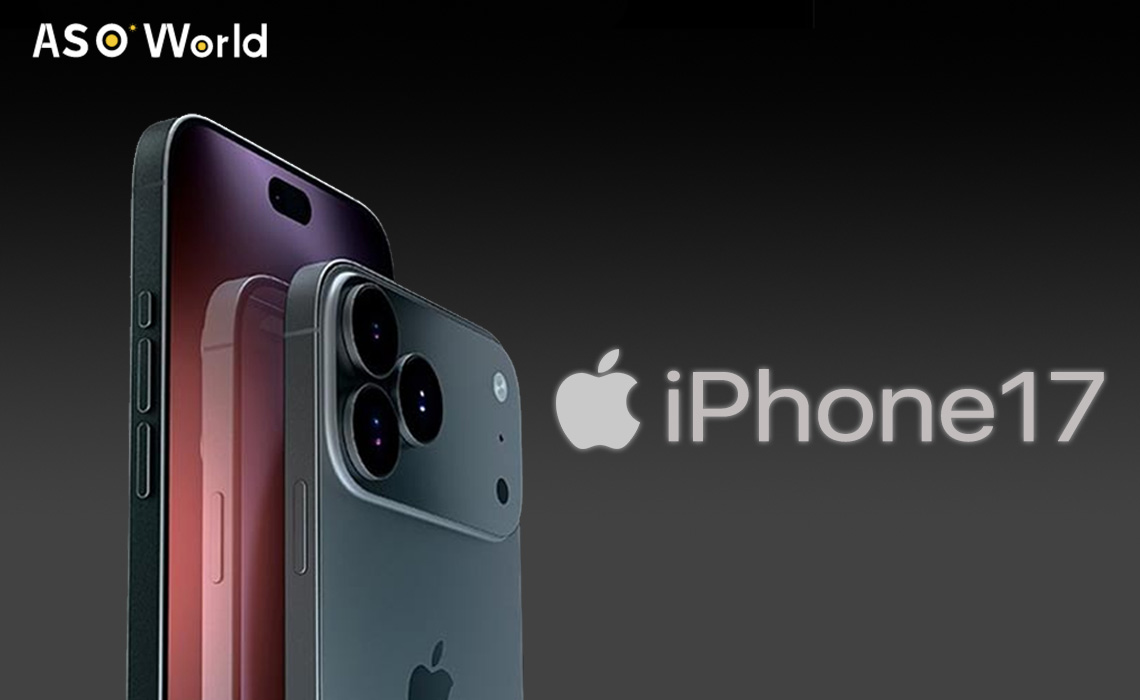Apple is reportedly gearing up to launch the second generation of its Vision Pro headset between late 2025 and spring 2026.
The new model is expected to include significant internal upgrades, notably the integration of the advanced M5 chip.
Design and Hardware Enhancements
M5 Chip Integration
The most notable enhancement in the upcoming Apple Vision Pro 2 is the transition from the M2 chip to the more powerful M5 chip.
This upgrade aims to address performance concerns and ensure that the new headset remains competitive with other Apple devices launching around the same time.
The M5 chip is anticipated to deliver substantial performance improvements, positioning the Vision Pro 2 as a leading device in the spatial computing market.
Design Consistency
Despite these internal upgrades, the design of the Vision Pro 2 is expected to remain largely unchanged from its predecessor.
This decision aligns with Apple's strategy of maintaining a consistent aesthetic while focusing on under-the-hood improvements. The unchanged exterior suggests that Apple is confident in the current design's appeal and usability.
Market Strategy and Delayed Affordable Model
Shift in Focus
Apple's decision to prioritize the Vision Pro 2 over a more affordable version of the headset reflects a strategic pivot.
It was noted that the company has delayed plans for a budget-friendly model until beyond 2027.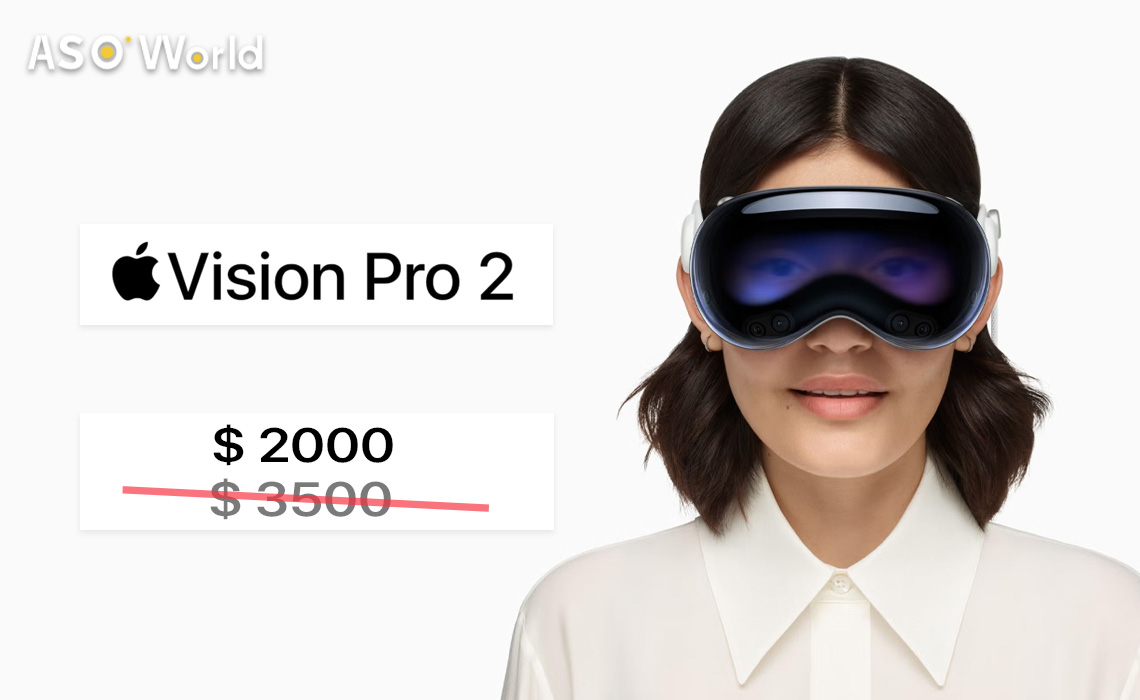
>>> Apple Could Launch New Vision Headset Next Year at $2,000
This delay is attributed to the belief that simply reducing the price won't guarantee mainstream success, as evidenced by similar past strategies with products like the HomePod.
Market Challenges
The elevated price of the current Vision Pro model has posed a significant obstacle to its widespread adoption, as evidenced by sales figures that have not met initial expectations.
According to estimates from IDC, the headset's sales in the United States plummeted by 75% in its second quarter.
This downturn can be attributed not only to its steep cost but also to the scarcity of exclusive content, which diminishes its appeal.
Additionally, when compared to other Apple products, the Vision Pro's relatively high price further exacerbates its struggle to capture a broader consumer base.
Together, these factors contribute to the challenges faced in achieving the anticipated market penetration.
Future Prospects and Industry Impact
Anticipated Developments
As Apple continues to refine its Vision headset line, the focus is expected to shift towards enhancing software features to complement the hardware upgrades.
The recent introduction of new display options in visionOS 2.2 is an example of how Apple plans to keep its products appealing in a competitive market.
Industry Implications
The release of the Vision Pro 2 with the M5 chip could set a new standard for performance in the mixed reality space. However, the delay of a more affordable model raises questions about Apple's long-term strategy in making spatial computing accessible to a broader audience.
Editor's Comments
Apple's strategic decision to focus on the Vision Pro 2 with a powerful M5 chip underscores the company's commitment to leading in the high-performance segment of the mixed reality market.
While the delay of a cheaper model may disappoint some consumers, it highlights Apple's cautious approach in ensuring that new products offer compelling use cases.
The success of the Vision Pro 2 will likely depend on both its technological advancements and Apple's ability to deliver engaging software experiences that justify its premium price.
